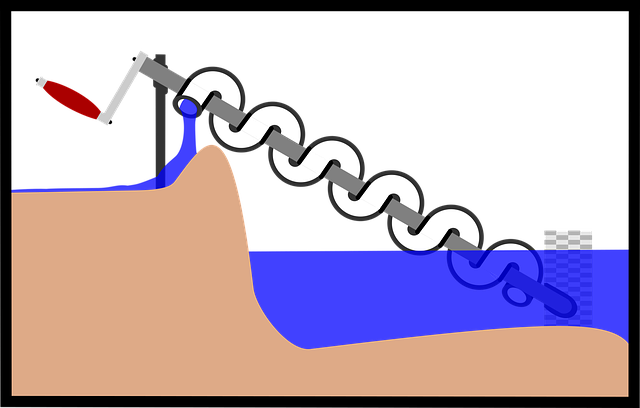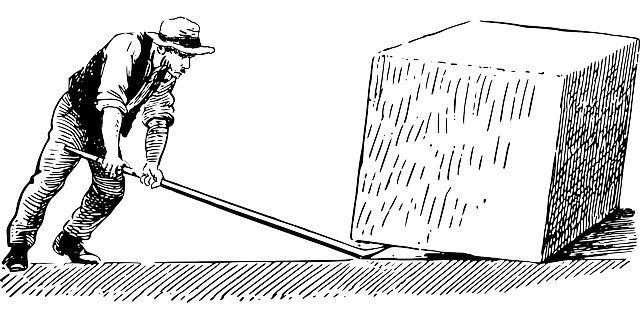What is Archimedes Principle? An experiment to illustrate Archimedes Principle and an example to solve the problem.

Source : pixabay.com
Archimedes Principle Experiment and Example
Purpose : To illustrate Archimedes’ Principle.
Materials : A metal block, a spring balarıce, a displacement jar, a beaker and a scale.
Method :
- Prepare the apparatus shown in Figure.
- Measure the ıveight of the metal block in the air.
- Measure the ıveight of the metal block in the water.
- Measure the ıveight of the displaced ıvater.
- Calculate the apparent loss of ıveight of the metal block. What is the upthrust of ıvater on the metal block ?
Suppose that the weight of the metal block in the air in activity is 10 N. Its apparent weight when immersed in a beaker of water is 7 N. The reading on scale B gives the weight of the empty beaker, which is 2 N.
The weight of the beaker and the water displaced by the metal block is 5 N. The apparent loss of weight of the metal block is 3 N.

Source : pixabay.com
(Apparent loss of weight of metal block) = (weight of metal block in air) – (weight of metal block in water)
There are three vertical forces acting on the metal block. These forces are in equilibrium. The downward weight of 10 N is equal and opposite to the sum of the two upward forces. These are 7 N tension in the spring balance and 3 N upthrust force.
The upthrust force causes the apparent loss of weight of the block. Scale B shows that: the weight of water displaced by the metal block =10N-7N = 3N
The upthrust force of 3 N provided by the liquid is equal to the weight of the liquid displaced by the metal block. This discovery can be applied to ali fluids, including gases as well as liquids. The same result is obtained whether the object is wholly or partially immersed in a fluid and whether it sinks or floats.
The upthrust force (buoyancy) on an object immersed in a fluid is equal and opposite to the weight of the fluid displaced by the object. This statement is known as Archimedes Principle.
G= weight
U= upthrust